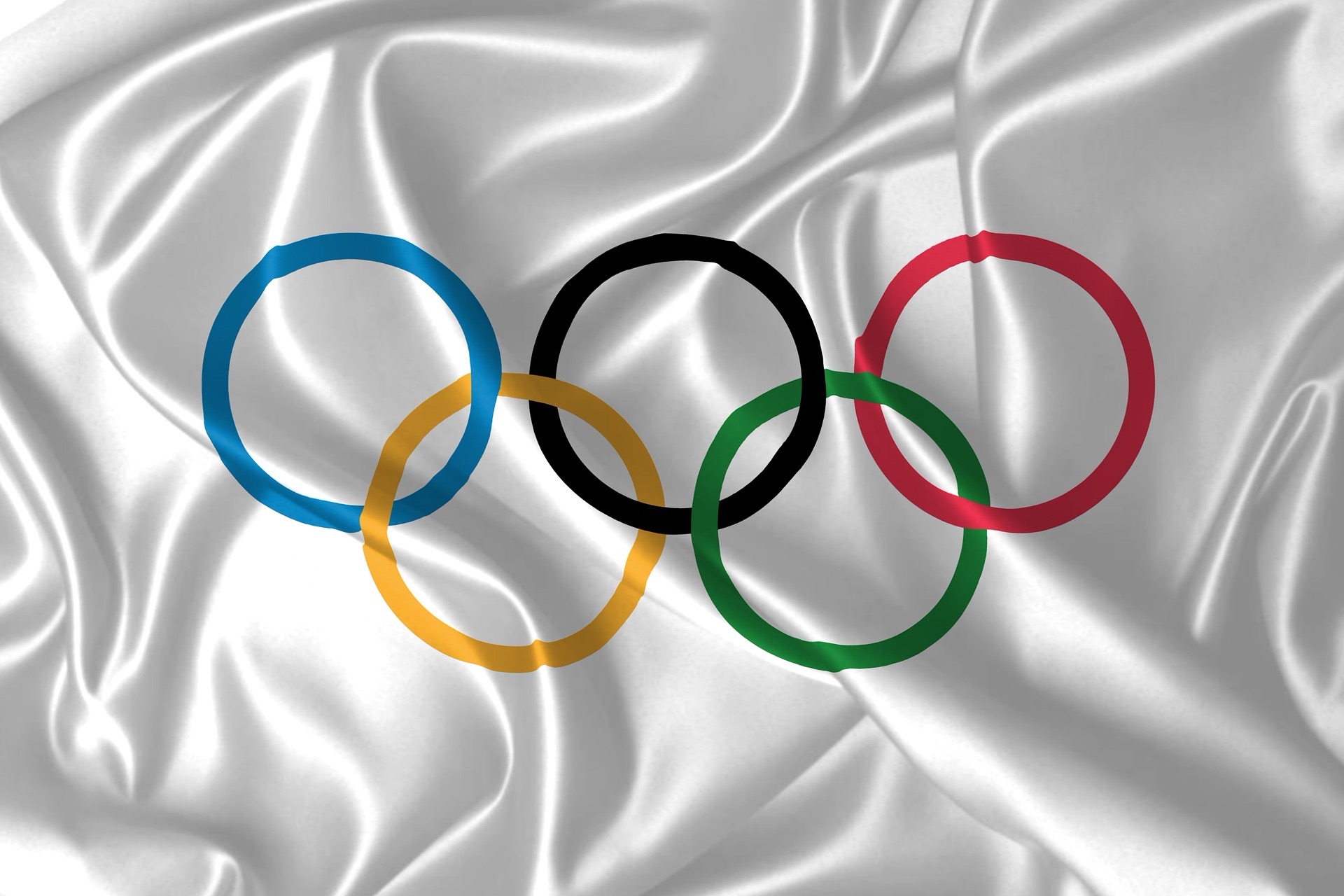The United States has consistently been a dominant force at the Olympic Games, regularly topping the medal tables and producing some of the most iconic athletes in the history of the event. The success of the US at the Olympics can be attributed to a variety of factors, including extensive funding, a robust sports infrastructure, a strong cultural emphasis on sports, effective talent identification and development programs, and a competitive collegiate sports system. This article explores these factors in detail to understand why the US excels at the Olympics.
Extensive Funding and Resources
Government and Private Support
One of the key reasons for the success of US athletes at the Olympics is the significant funding they receive from both government and private sources. Unlike many other countries, the US does not have a centralized government-run sports system. Instead, the US Olympic and Paralympic Committee (USOPC) operates with funding from corporate sponsors, private donations, and broadcasting rights. This allows for substantial financial support for athletes, training facilities, and coaching staff. For example, in 2020, the USOPC reported a budget of over $300 million, largely funded by sponsorship deals with major corporations.
Sponsorship and Endorsements
American athletes benefit from lucrative sponsorship deals and endorsements from major corporations. Companies such as Nike, Coca-Cola, and Visa invest heavily in US athletes, providing them with the financial means to focus on training and competition. These sponsorships not only help athletes cover their training and travel expenses but also incentivize performance through bonuses and incentives. Take Michael Phelps, for instance, whose partnership with companies like Under Armour and Visa allowed him to maintain a rigorous training schedule without financial worry, contributing to his record-breaking Olympic career.
Robust Sports Infrastructure
State-of-the-Art Training Facilities
The US boasts some of the best sports facilities in the world. From state-of-the-art Olympic Training Centers in Colorado Springs, Chula Vista, and Lake Placid, to world-class university sports facilities, American athletes have access to top-notch venues for training and competition. These facilities are equipped with the latest technology and resources, allowing athletes to train at the highest level. For instance, the Olympic Training Center in Colorado Springs offers over 35 acres of training grounds, including a high-altitude training environment that is ideal for endurance athletes.
High-Quality Coaching
American athletes benefit from access to some of the best coaches in the world. The US attracts top coaching talent from around the globe, thanks to its reputation for excellence and the opportunities available within its sports programs. High-quality coaching plays a crucial role in developing athletes’ skills, techniques, and mental toughness, contributing to their success at the Olympic level. Coaches like Bob Bowman, who guided swimmer Michael Phelps to his Olympic success, exemplify the level of expertise available to US athletes.
Cultural Emphasis on Sports
Sports as a Way of Life
Sports are deeply ingrained in American culture. From a young age, children are encouraged to participate in various sports, with schools and communities offering a wide range of athletic programs. This early exposure helps identify and nurture talent, instilling a competitive spirit and a passion for excellence in young athletes. A case in point is the widespread participation in youth soccer leagues, which has grown exponentially over the last few decades, feeding into collegiate and professional levels.
Media Coverage and Popularity
The extensive media coverage of sports in the US helps to elevate the status of athletes and generates widespread public interest. Major sporting events, including the Olympics, receive extensive coverage on television, radio, and online platforms. This media attention not only inspires young athletes but also provides role models for aspiring Olympians. Consider the impact of the “Miracle on Ice” during the 1980 Winter Olympics, where the US hockey team’s victory over the Soviet Union captured national attention and inspired a generation of players.
Effective Talent Identification and Development Programs
Youth Sports Programs
The US has a vast network of youth sports programs that serve as a pipeline for future Olympians. Organizations such as Little League Baseball, USA Gymnastics, and USA Swimming identify and nurture young talent, providing them with the training and competitive opportunities needed to develop their skills. These programs are often supported by local communities and volunteers, creating a grassroots foundation for athletic success. For example, the AAU (Amateur Athletic Union) has been instrumental in organizing youth competitions in multiple sports, fostering talent from an early age.
Collegiate Sports System
The American collegiate sports system is a critical component of the country’s Olympic success. The National Collegiate Athletic Association (NCAA) oversees a comprehensive system of college sports programs, which serve as a training ground for elite athletes. Many Olympic athletes receive scholarships to attend universities where they can train and compete at a high level while pursuing their education. The NCAA provides a competitive environment that helps athletes develop the skills and experience needed for international competition. Notable Olympians like track and field star Allyson Felix honed their skills within this system.
Competitive Collegiate Sports System
Scholarships and Support
The NCAA provides scholarships to talented athletes, allowing them to pursue their education while receiving top-level training and competition. This support system enables athletes to balance their academic and athletic commitments, reducing the financial burden on families and ensuring that athletes can focus on their development. For instance, the University of Oregon’s track program, known for producing Olympians like Ashton Eaton, offers scholarships that cover tuition, housing, and other expenses.
Access to High-Level Competition
College sports in the US are highly competitive, with rigorous training schedules and regular competition against top-tier athletes. This environment fosters the development of mental and physical toughness, as athletes are constantly pushed to improve their performance. The level of competition in college sports closely mirrors that of international events, preparing athletes for the pressures and challenges of the Olympics. The NCAA Division I Basketball Tournament, commonly known as March Madness, exemplifies this competitive spirit.
Diverse Pool of Talent
Large Population and Diversity
The United States has a large and diverse population, providing a vast pool of potential athletes. This diversity extends to various sports, with different regions of the country excelling in different disciplines. For example, swimming and track and field are particularly strong in states like California and Texas, while winter sports thrive in states like Colorado and Vermont. The country’s size and diversity enable the development of talent across a wide range of sports. The Williams sisters, Venus and Serena, emerged from a diverse background in Compton, California, to dominate international tennis.
Immigration and International Influence
The US has a history of immigration and a melting pot of cultures, which contributes to its success in sports. Athletes from diverse backgrounds bring different skills, techniques, and perspectives, enriching the overall talent pool. Additionally, many top international athletes choose to train and compete in the US, further elevating the level of competition and expertise. Coaches and athletes from countries like Russia, Kenya, and China have brought their unique training techniques to American sports, enhancing the competitive edge.
Strategic Planning and Preparation
Long-Term Vision and Goals
The USOPC and various sports federations develop long-term strategic plans to ensure continued Olympic success. These plans include setting specific medal targets, investing in sports science research, and developing athlete support programs. By maintaining a forward-thinking approach, the US can adapt to changes in the international sports landscape and continue to excel. For example, the USATF (USA Track & Field) has implemented a strategic plan focusing on grassroots development and international competition readiness.
Use of Sports Science and Technology
The US leverages sports science and technology to gain a competitive edge. From advanced biomechanics analysis to nutritional optimization, athletes have access to cutting-edge research that enhances performance. The integration of wearable technology and data analytics allows for personalized training regimens, injury prevention, and recovery strategies. The use of altitude tents, for instance, simulates high-altitude conditions to improve athletes’ endurance levels.
Challenges and Areas for Improvement
Addressing Inequality
Despite its success, the US sports system faces challenges, such as addressing inequality in access to resources and opportunities. Efforts are being made to ensure that athletes from all backgrounds have the support they need to succeed. Initiatives like the Women’s Sports Foundation work to provide funding and resources for female athletes, ensuring that talent is nurtured regardless of gender or socioeconomic status.
Balancing Commercial Interests
The commercialization of sports can sometimes overshadow the purity of competition. Balancing commercial interests with the athletes’ well-being is crucial for maintaining the integrity of the Olympic movement. The USOPC has implemented athlete-focused policies to ensure that commercial activities do not detract from athletic performance and development.
Conclusion
The success of the United States at the Olympics can be attributed to a combination of extensive funding, a robust sports infrastructure, a strong cultural emphasis on sports, effective talent identification and development programs, and a competitive collegiate sports system. These factors create an environment that supports the development of elite athletes and prepares them for success on the international stage. While other countries have also achieved Olympic success, the unique combination of resources and cultural elements in the US has made it a dominant force at the Olympic Games. The ongoing commitment to innovation, diversity, and athlete welfare will likely ensure continued success in future Olympic competitions.




